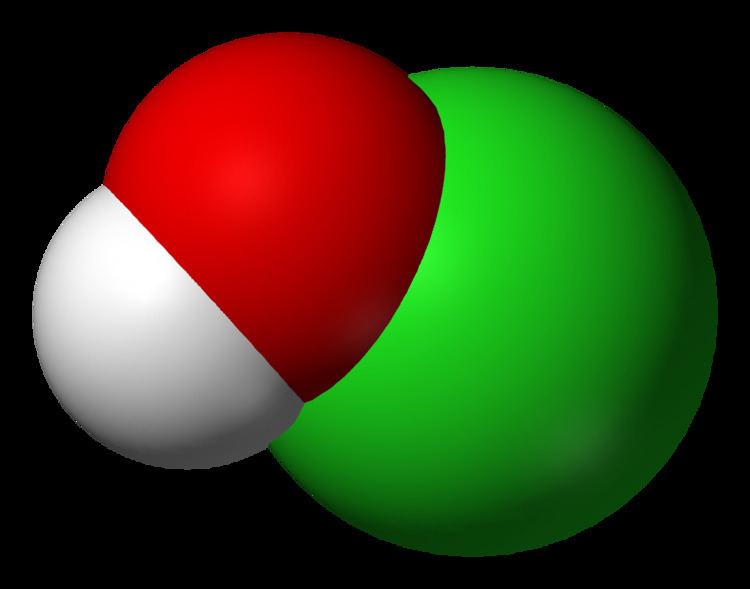OMIM 254600 eMedicine ped/1530 | DiseasesDB 8662 | |
 | ||
Myeloperoxidase deficiency is an autosomal recessive genetic disorder featuring deficiency, either in quantity or of function, of myeloperoxidase, an enzyme found in certain phagocytic immune cells, especially polymorphonuclear leukocytes.
It can appear similar to chronic granulomatous disease on some screening tests.
Presentation
Although MPO deficiency classically presents with immune deficiency (especially candida albicans infections), the majority of individuals with MPO deficiency show no signs of immunodeficiency.
The lack of severe symptoms suggest that role of myeloperoxidase in the immune response must be redundant to other mechanisms of intracellular killing of phagocytosed bacteria.
Patients with MPO deficiency have a respiratory burst with a normal nitro blue tetrazolium (NBT) test because they still have NADPH oxidase activity, but do not form bleach due to their lack of myeloperoxidase activity. This is in contrast to chronic granulomatous disease, in which the NBT test is 'negative' due to the lack of NADPH oxidase activity (positive test result means neutrophils turn blue, negative means nitroblue tetrazolium remains yellow).
Patients with MPO deficiency are at increased risk for systemic candidiasis.
